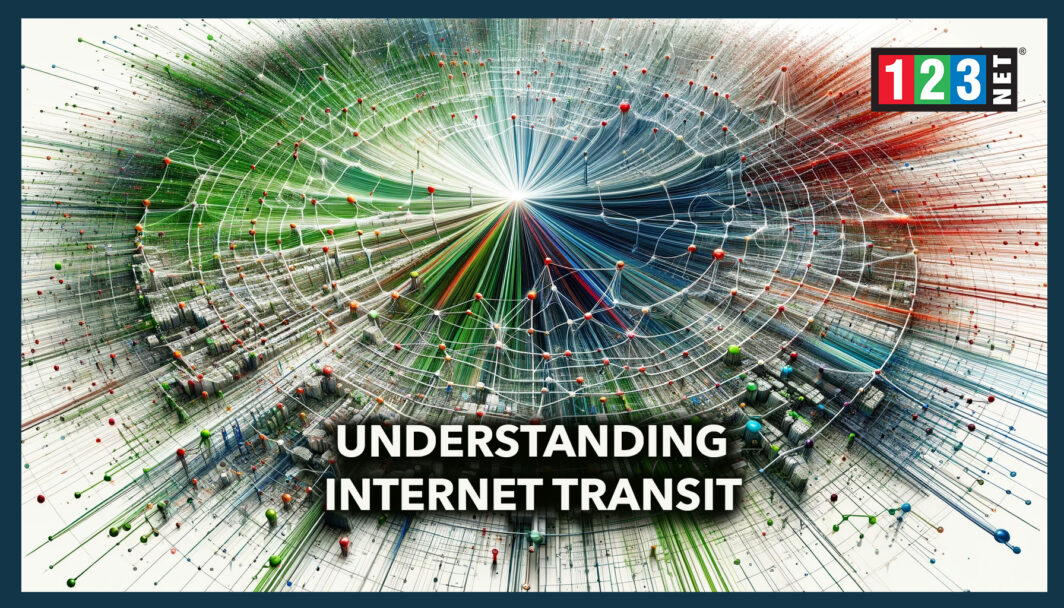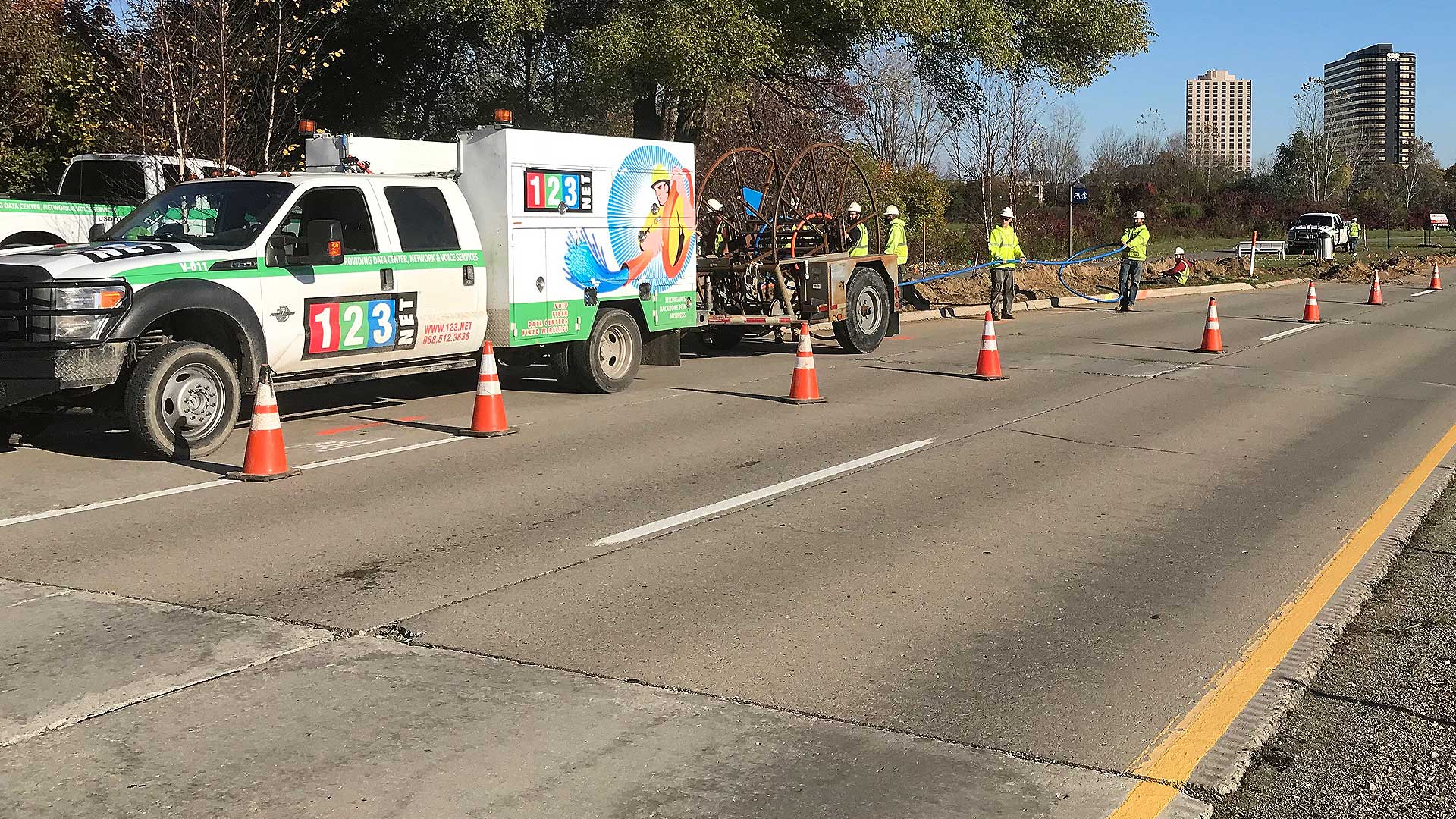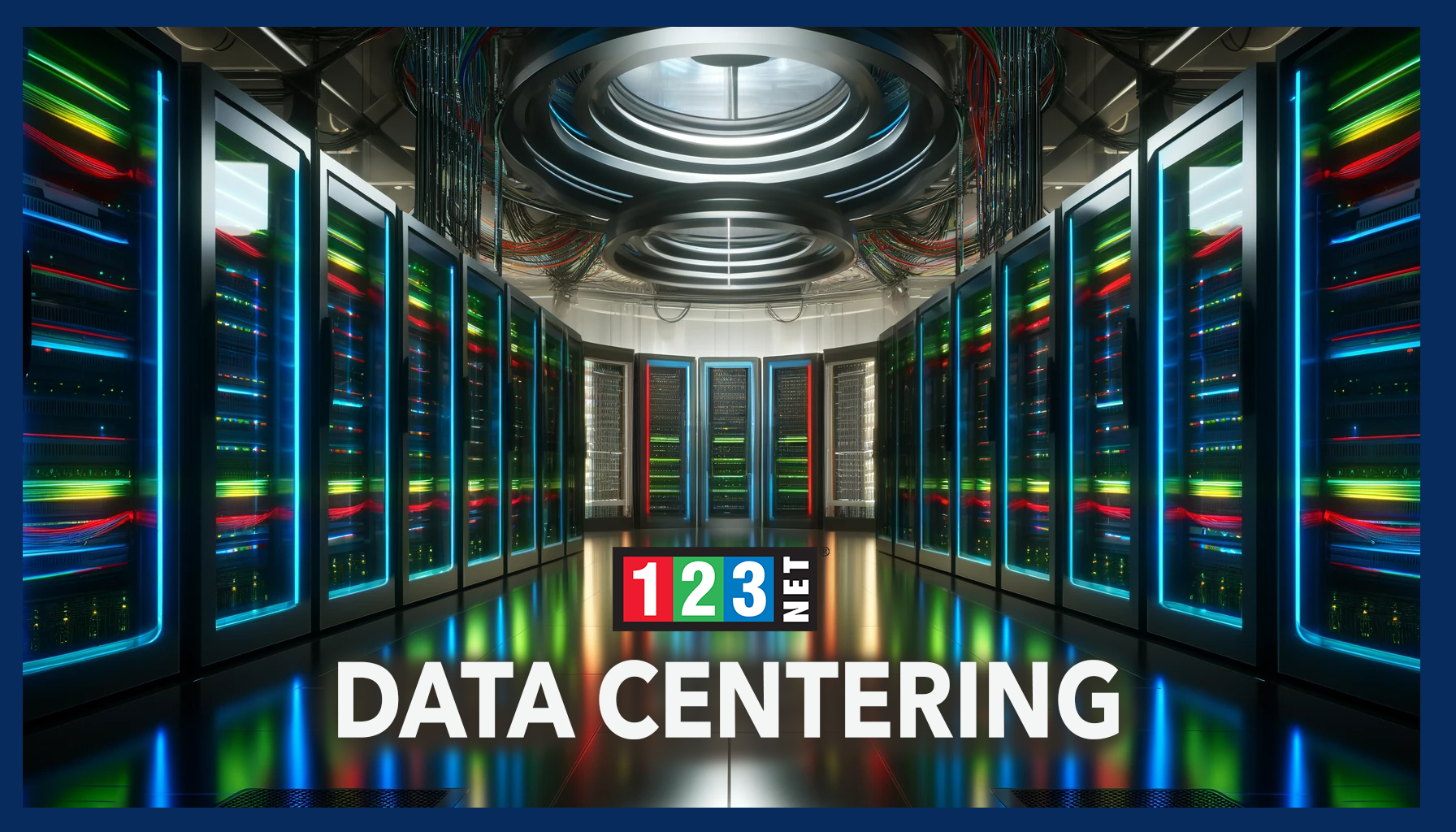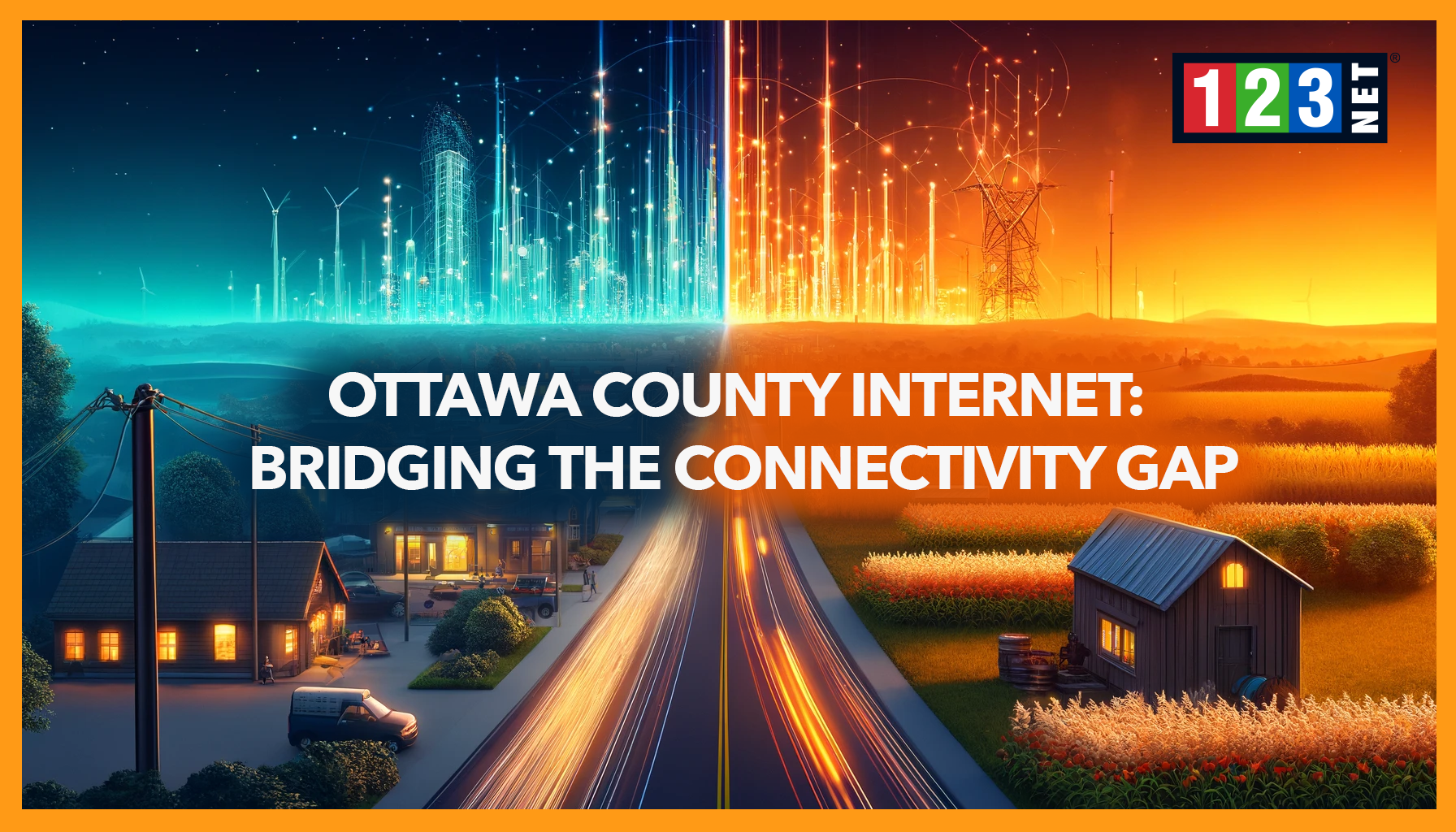
Introduction
Internet transit is a critical component of the global internet ecosystem, facilitating the flow of data across the world. It involves the service provided by large-scale Internet Service Providers (ISPs) that allow other ISPs to access parts of the internet that they do not own. This foundational service ensures that data can travel seamlessly from one point to another. Regardless of the originating network or the final destination. Understanding internet transit is essential for grasping how it operates as a whole, highlighting its importance in maintaining global connectivity.
The Evolution of Internet Transit
Separate Networks
The evolution of internet transit is a remarkable journey from a fragmented collection of independent networks to a sophisticated, interconnected global ecosystem. In the nascent stages of the internet, it resembled a mosaic of separate networks, each functioning autonomously without much interconnection. This arrangement was soon recognized as inadequate for the burgeoning demand for a unified and accessible internet. The response to this challenge was the creation of peering and transit agreements, which laid the groundwork for a more integrated internet infrastructure.
T1 Networks
As the internet’s usage and the volume of online content surged, so did the need for a robust backbone to support this exponential growth. This led to the emergence of Tier 1 networks, which assumed a pivotal role in the internet’s architecture. Tier 1 networks, characterized by their extensive infrastructure, allowed for the seamless exchange of traffic across vast distances without the necessity for financial compensation. This was possible because of their significant investment in network coverage and capacity, positioning them as central hubs in the global internet landscape.
Network Management and Routing Technologies
The progression towards a more interconnected internet was further propelled by advancements in network management and routing technologies. These technological strides have equipped Internet Service Providers (ISPs) with the tools to deliver more reliable and efficient transit services. Today, ISPs leverage sophisticated algorithms and infrastructure to optimize the flow of data, ensuring high-speed access and reducing latency. This has been instrumental in enhancing the performance and resilience of the internet, making it a robust platform for digital innovation and communication.
In essence, the evolution of internet transit reflects the dynamic nature of the internet itself, continually adapting to meet the demands of its users. From its fragmented beginnings to its current state as a global network backbone, the development of internet transit showcases the collaborative effort to keep the world connected, underscoring the importance of innovation and cooperation in the digital age.
How Internet Transit Works
Internet transit functions through agreements between ISPs, where a provider agrees to carry traffic across their network. This service is essential for smaller networks that do not have the infrastructure to connect directly to all other networks on the internet. The transit provider, typically a Tier 1 network, allows these smaller networks to access the broader internet.
The process involves peering, where two networks agree to exchange traffic without charging each other. However, when a network requires access to parts of the internet beyond its reach, it enters into a agreement with a provider that has a more extensive network. This relationship is crucial for maintaining global connectivity, as it ensures that users can access information and services hosted on any part of the internet.
The distinction between peering and transit is fundamental to understanding internet transit dynamics. While peering is generally a mutual agreement beneficial to both parties, transit involves a customer-provider relationship. With the customer paying for access to the provider’s broader network.

Key Players in the Internet Transit Market
The internet transit market is dominated by a few key players, notably Level 3 Communications and Sprint Corp, among others. These Tier 1 networks have extensive global infrastructure, enabling them to offer comprehensive transit services to other ISPs. Their dominance is attributed to their vast network connectivity and the ability to maintain high levels of service quality.
Market competition among these providers is fierce, with each striving to offer more value-added services, better pricing models, and wider coverage. This competition benefits the global internet ecosystem by driving improvements in network infrastructure. Reducing costs for services, and enhancing the overall quality of connectivity.
The role of Tier 1 networks is pivotal in the internet transit market. They are the linchpins of global connectivity, ensuring that even the most remote networks can access the global internet. Their extensive peering agreements and network infrastructure allow them to route traffic efficiently across the globe. Making them indispensable to the smooth operation of the internet.
Internet Transit Pricing Dynamics
The internet transit market’s pricing dynamics are shaped by a complex interplay of factors, including network coverage, traffic volume, and the competitive landscape among providers. Pricing strategies within this market are predominantly based on the amount of data transmitted, leading to significant variances in costs. These variances hinge on the network capacity of the provider and the volume of traffic generated by the customer.
A pivotal element influencing pricing within this sector is market competition. As transit providers jostle for market share, they frequently revisit and revise their pricing models to become more competitive. This rivalry among providers has catalyzed a gradual decline in the costs associated with internet transit. Reflecting the competitive pressure to attract and retain customers. This environment not only promotes pricing innovation but also drives providers to enhance the efficiency and optimization of their networks. The aim is to reduce operational expenses, thereby enabling the provision of more cost-effective services to their clientele.
The downward trend in pricing can also be attributed to technological advancements in network infrastructure. Which have significantly increased network capacity and operational efficiency. These improvements have permitted providers to manage larger volumes of data more cost-effectively. Directly benefiting the consumer by making transit services both more accessible and affordable. The continual evolution of network technology, alongside strategic adjustments in response to market dynamics. This underscores a broader trend towards the democratization of internet access. As a result, internet transit services are becoming an increasingly vital component of the global digital economy. This is ensuring connectivity and accessibility for a wide array of users across the globe.
The Role of Internet Transit in Network Connectivity
Internet transit is the linchpin in the architecture of global network connectivity. This is enabling the seamless flow of data across disparate networks. It ensures that users worldwide can access information and services located in any corner of the internet. Making it indispensable for the modern digital landscape. From simple web browsing to the complexities of accessing cloud-based applications, internet transit underpins these activities by facilitating communication between different networks.
This functionality is critical for maintaining the interconnectedness of the global internet ecosystem. In the absence of internet transit, the internet would splinter into disconnected segments. Each unable to interact or share information with the others. This scenario would severely limit access to the plethora of online resources. Effectively undermining the internet’s purpose as a universal platform for information exchange and collaboration. The infrastructure established by Tier 1 networks, alongside the collaborative agreements forged between Internet Service Providers (ISPs). This is ensures the unobstructed flow of data worldwide, thereby guaranteeing the internet’s role as a globally accessible network.
Looking ahead, the domain of network connectivity is poised for continued evolution, driven by advancements in internet transit services. As network technology and infrastructure progress, we can anticipate enhancements in the efficiency and reliability of these services. Such improvements are crucial for accommodating the surging demand for internet access and supporting the burgeoning array of online services. The future of internet transit promises to fortify the backbone of global connectivity. This is enabling more robust, efficient, and seamless communication across the internet. This ongoing evolution will be essential for sustaining the growth and dynamism of the digital world, ensuring that the internet remains a cornerstone of global communication and commerce.
FAQs on Internet Transit
- What is the difference between internet transit and peering? A: Internet transit involves a provider allowing traffic from other networks to cross their network, usually for a fee. Peering, on the other hand, is a mutual agreement between networks to exchange traffic without financial compensation, based on the mutual benefit of accessing each other’s users.
- How do ISPs choose their internet transit providers? A: ISPs consider several factors, including pricing, network coverage, reliability, and the quality of service. The reputation and capacity of the provider are also crucial considerations, ensuring that the ISP can offer consistent and comprehensive access to the internet to its customers.
- What impact does internet transit have on internet speed? A: Internet transit can affect speed by determining the efficiency and directness of the routes used to transmit data. Providers with extensive network infrastructure and optimal routing strategies can offer faster and more reliable connectivity.
- How is the pricing for internet transit determined? A: Pricing for internet transit is typically based on the volume of data transmitted and the geographic reach required. Market competition, network capacity, and the cost of maintaining and upgrading network infrastructure also play significant roles in determining prices.
Conclusion
Internet transit is a cornerstone of the global internet ecosystem, enabling networks worldwide to connect and exchange data. Through the infrastructure provided by Tier 1 networks and the complex web of peering and transit agreements. Internet transit ensures the seamless operation and universal accessibility of the internet. As the digital landscape continues to evolve, the role of maintaining global connectivity will remain indispensable, supporting the growth and development of the internet for years to come.





